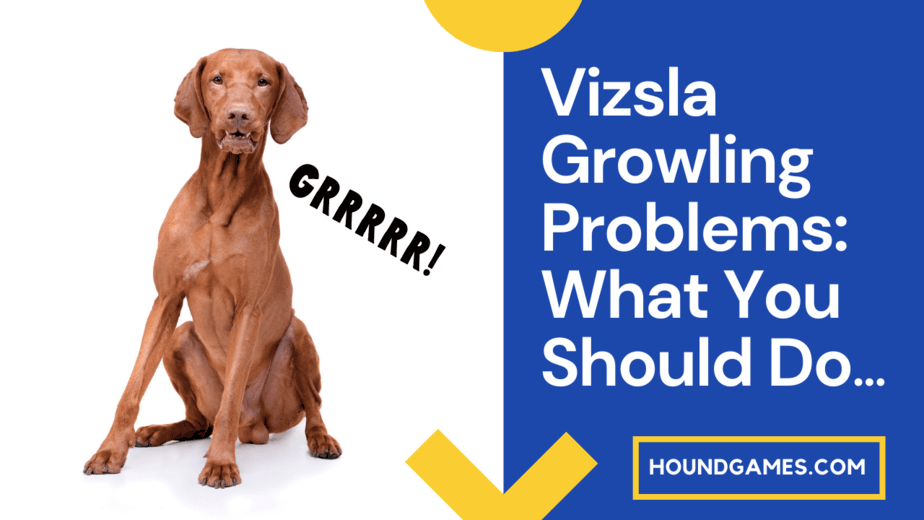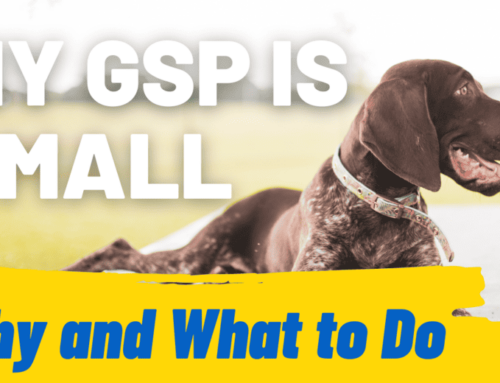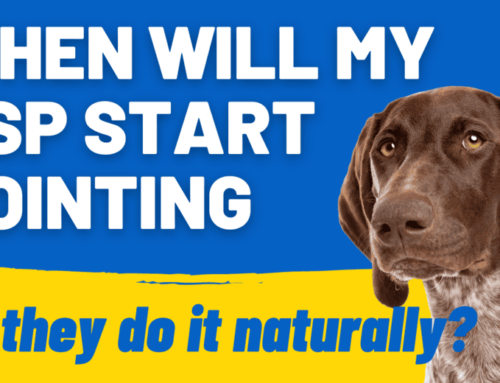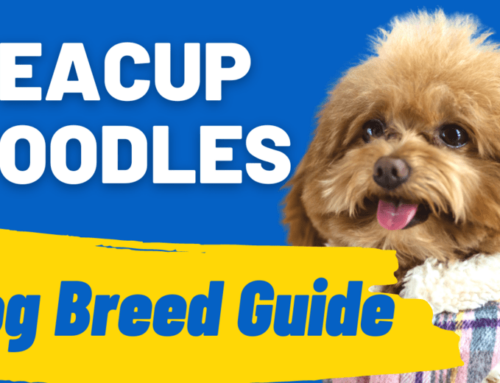We have all been taught that a growling dog is a dangerous one, and this can influence how we react when our Vizsla puppy suddenly starts growling. This can certainly make us worry that our Vizsla might become aggressive.
But too often, we don’t understand that growling is a natural form of communication for dogs and puppies. If we punish a dog for growling, it can be like taking the batteries out of a smoke alarm.
By teaching them not to growl, we remove their ability to communicate that they don’t like something.
This may lead to a dog biting without giving that crucial warning first.
But if we shouldn’t correct a Vizsla for growling, how do we teach them not to do it?
Vizsla Growling and Biting: Learning the signs and why they do it
Vizslas growl for many reasons, including:
- To show pain, like if you touch something that hurts.
- To show that they don’t like something, like having their nails clipped or being picked up.
- To show fear or insecurity, like if a stranger suddenly reaches to pet them.
- To show aggression, like when they are asserting dominance over another dog.
- As part of playing: Vizslas, in particular, are known for their biting and growling attacks called the sharkies. They can also take a long time to mature into adults, so play growling may continue for a long time.
If your Vizsla adult or puppy shows signs of being aggressive, this behavior generally doesn’t come without warning. Growling is just one step in a series of behaviors that might finally end in a bite.
The important thing is to notice the warning signs:
-
Anxiety signals such as licking lips or yawning
-
Stiff body posture
-
The tail may be tucked under or might be wagging tightly (don’t be fooled by wagging)
-
Glaring or giving you the “side-eye.”
-
Lip curls
-
Growling
-
An escalation into snapping or biting
From this, you can see that growling is a vital form of communication, and without it, your Vizsla can learn to jump straight to biting.
Therefore, managing growling is more about desensitizing and counter-conditioning than it is about forcing them to stop.
Vizsla Resource Guarding: What to do when your Vizsla is growling over food
Food aggression, or the possessive guarding of any item such as a toy, a bed, or even you, is reasonably common in Vizslas.
It is also hereditary and quite a natural behavior. So, if your Vizsla has a parent who liked to guard their bones, there is a strong possibility your Vizsla will display the same behavior.
Resource guarding usually begins with a dog standing still, with its shoulders hunched over a high-value item like its food bowl. It may also lie down and cover the item with their head and front paws to prevent anybody from getting near.
It’s important to understand that guarding a high-value item, whether it’s food or a bed, signifies that your dog has anxiety about the item being messed with or taken away from them.
Your dog is growling to communicate how upsetting that idea is to them.
If your Vizsla’s resource guarding is already quite advanced, then it’s important to focus on building trust.
First, do not deliberately try to remove the item or stick your hand in their bowl while they are eating. This only reinforces the idea that their “thing” will be taken away and creates unnecessary conflict.
Instead, focus on building trust between you and your Vizsla so that they realize that your approach not only doesn’t mean they will lose their food or toy but is actually positive.
Beginning with the food bowl, you can start with the following steps:
-
Begin by simply walking past your dog while eating and making a sharp noise to get their attention.
-
Throw something better down than what they currently have, like a bit of a tasty treat, then move away.
-
Repeat until your dog is comfortable with you approaching.
-
Once your Vizsla is comfortable with you approaching, you can start to distract your pup with a treat in one hand and toss another treat in the bowl. This must be done fast. Move away immediately afterward.
-
Repeat this over time until your Vizsla learns that you only want to come over to give them an even higher value item than they already have.
-
Gradually move to quickly pick up the bowl while giving your dog a treat at the same time. Always give the bowl back quickly. You are reinforcing the idea that it’s okay for you to touch the item. It won’t be taken away. In fact, it will result in even more goodies, and the high-value item will always be returned.
-
Don’t overdo it. Limit yourself to a couple of trades every time your Vizsla has their toy or food. Doing it too much at once will trigger the agitation from scratch.
The key with resource guarding is to understand that your Vizsla may feel harassed whenever they have something important to them. Forcing the issue by removing the food altogether will only increase this insecurity, and their reactions will become more severe.
Instead, the focus should be on building trust and security by approaching with a treat, then by gradually teaching your dog that you are willing to trade one high-value item with another, and they will still always get their item back.
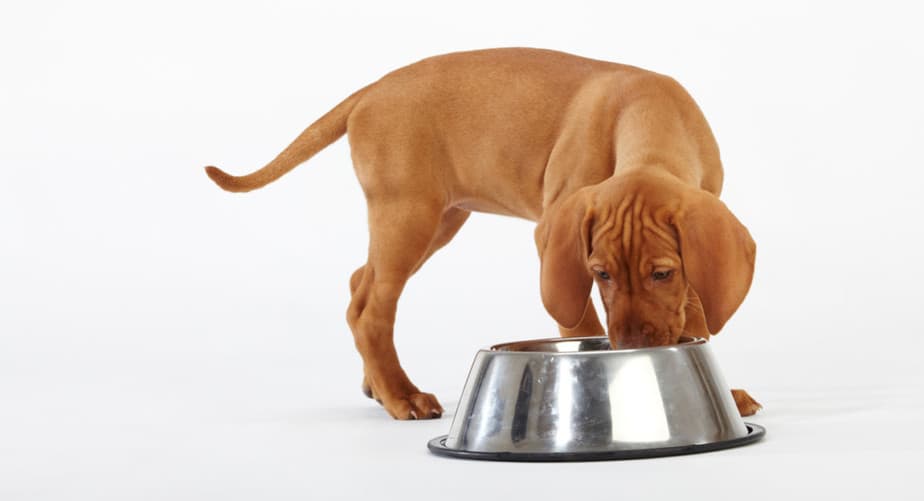
Vizsla growling when picked up
Growling about being picked up, or otherwise constricted, like being hugged, usually starts when your dog is a puppy. For a more comprehensive guide on this, you can read it here.
These snarls are a good thing because it marks a potential problem for the future that needs to be worked on.
In general, if your Vizsla is growling about being picked up, try to ascertain the motive. They may be insecure or uncomfortable about being lifted, or they may have pain somewhere that you will need your vet to check out.
They also snarl because they don’t want you taking them somewhere, like lifting them out of the bed when they are comfortable.
In general, one handles this problem by:
-
Never punishing the growling and focusing on making being picked up a positive experience.
-
Mark the action of being picked up with a cue like “up we go” or “Upsydaisy” to always prepare them.
-
Pick your Vizsla up briefly and reward immediately with a high-value treat.
-
If your Vizsla is bigger, you may want to start by just lifting their front end of the ground briefly and working your way up to picking them up fully.
-
Practice this intermittently in short sessions. Gradually extend the length of time you pick your Vizsla up.
Growling when you touch their paws
You can extend this general principle to other things your Vizsla might not like, such as handling their paws, which is important for nail trimming.
You may need a comfortable muzzle for this process if your dog has already progressed to nipping.
If your Vizsla growls when you hold or touch their paw, wait patiently until they drop their eyes away and immediately use a clicker to mark it. Follow up with a treat.
If you’re Vizsla has ever aggressively lashed out for what seems like no reason, you may be interested in reading Dog Bites Without Warning.
Vizslas growling when tired
Hungarian Vizslas are notorious for growling when they are tired. In fact, puppies might be so triggered by being overtired that they will have bouts of frantic play biting that can be frustrating to deal with.
Even more common are Vizslas that growl when they are sleeping on a bed or a couch and don’t want to move. In this case, you can take the following steps:
-
Warn guests to let sleeping dogs lie and not to approach your Viszla when they are sleeping.
-
If you need to move your dog when they are comfortable, don’t go to touch them while they are still sleepy or napping. Instead, make a loud clapping noise to wake them up properly.
-
Once awake, present them with a treat or favorite toy. If they don’t want to move, leave it just outside their reach to encourage them to get up on their own.
-
Once up, you can show or lead your Vizsla to the new location you want them to go to.
-
You can repeat this process until it becomes part of their routine and they learn that when they hear the “wake up” noise, it’s time to move without a fuss.
Another avenue is to encourage them to only sleep in their crates or on their mats. If this is part of their routine, you can avoid the problem of disturbing them once they have settled altogether.
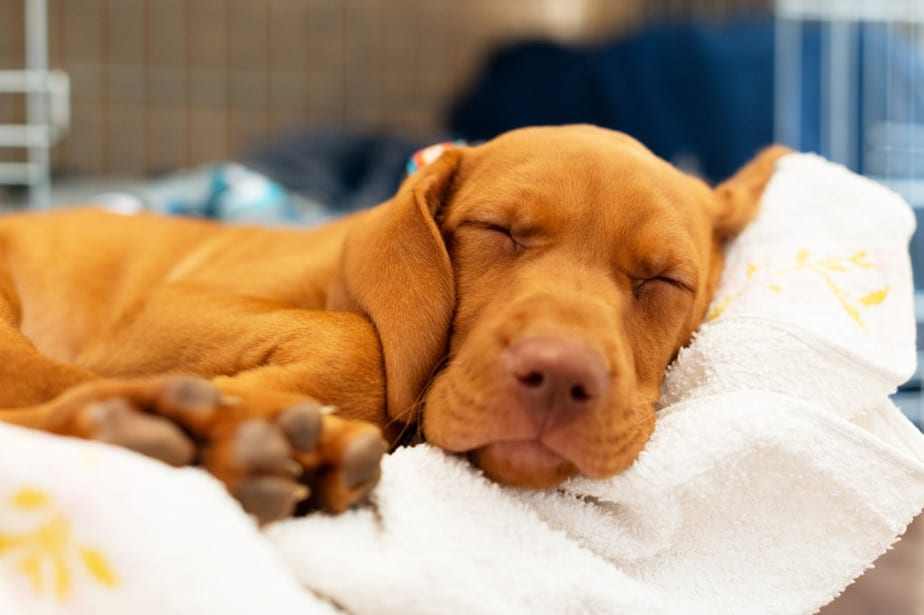
Final Word
Growling in Vizslas is normal behavior and a vital warning you might need to avoid getting bitten. This doesn’t mean it should be encouraged or that you should avoid anything that makes the Vizsla growl.
Rather invest in the steady and gradual process of reconditioning them to associate whatever makes them uncomfortable with something positive. It may take a bit of patience, but it does help avoid more extreme behavioral problems further down the line.

